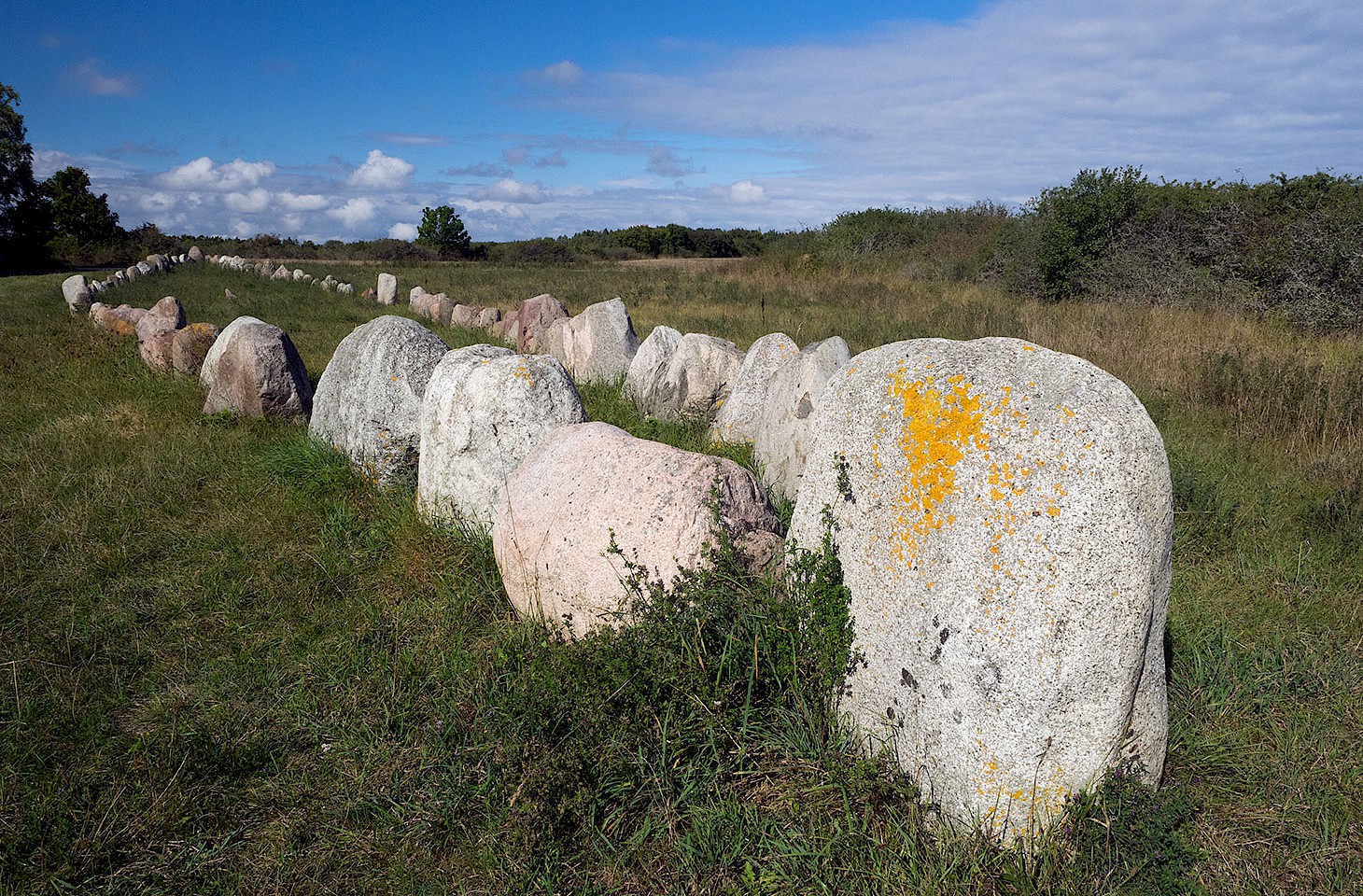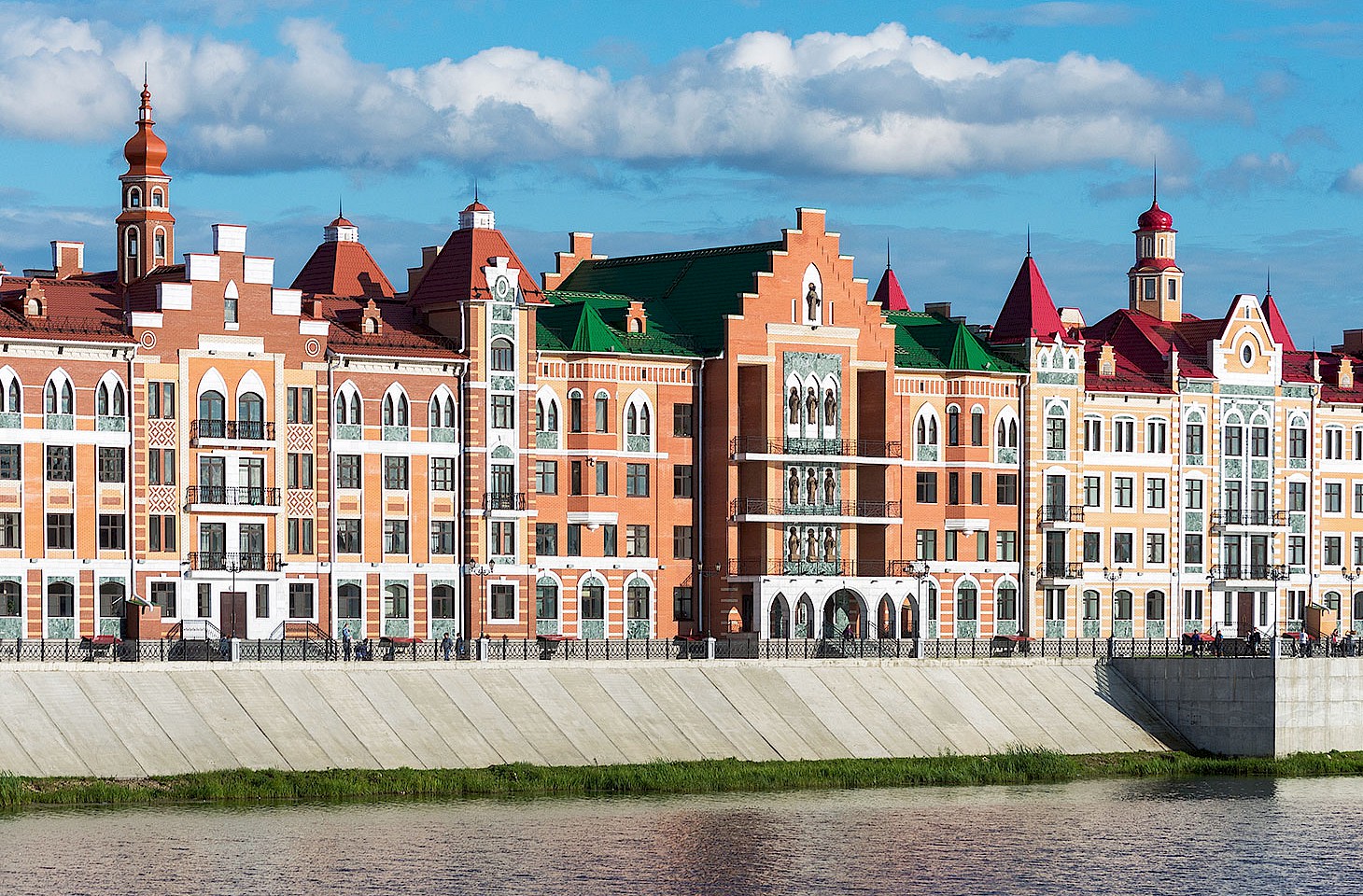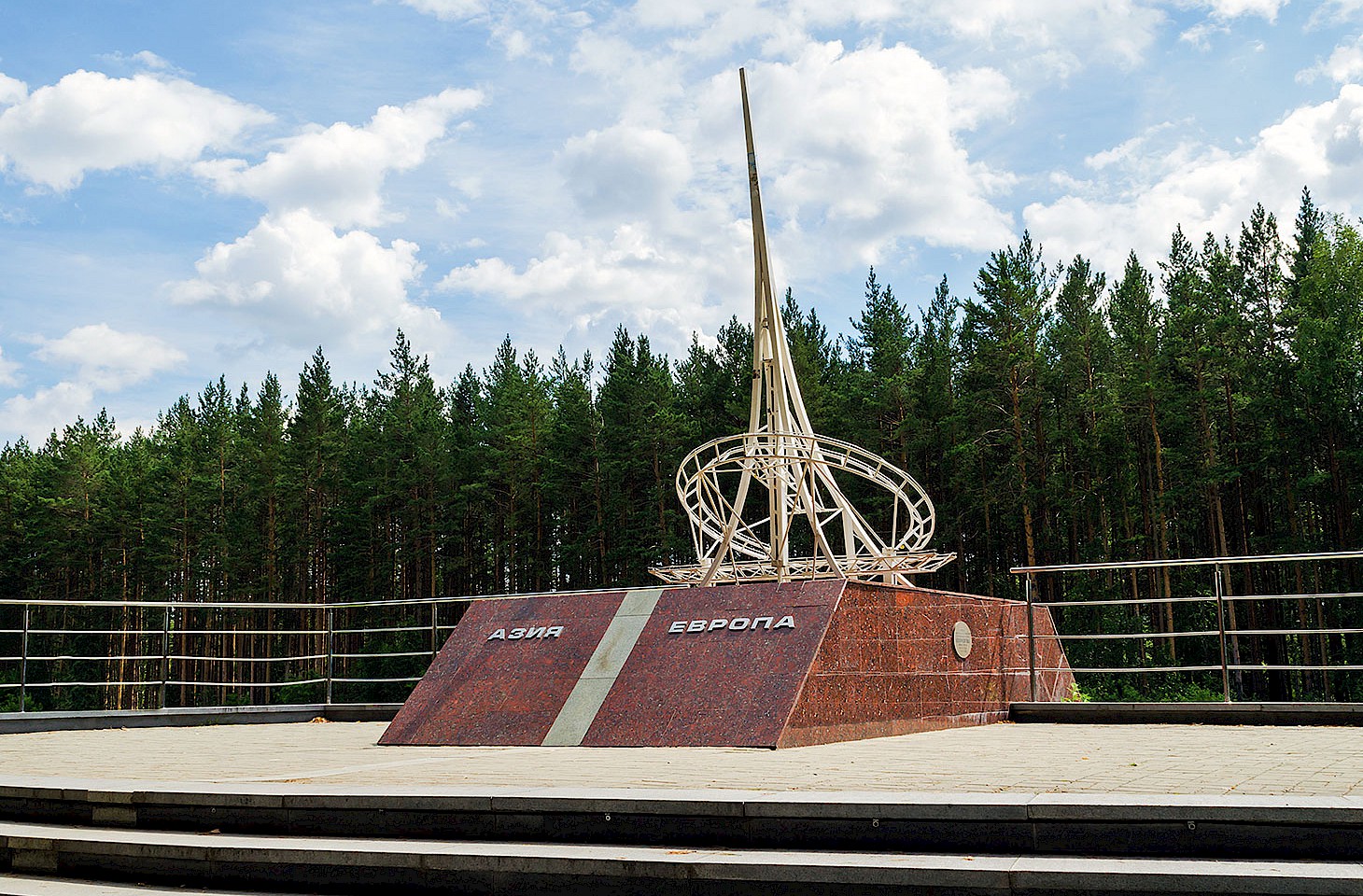Even by Viking standards, Erik the Red (Eirik Raude in Norwegian) was particularly badly behaved. So off-putting was his demeanour that he was exiled from his native Norway and fled to Iceland. There, his marauding manner earned Erik the Red as bad a reputation as that he had enjoyed at home. After a particularly heavy night of Icelandic drinking in 982, which led to blows being exchanged and the death of several of Erik’s neighbours, the unhappy mariner was invited to set sail again and instructed not to return to Iceland for three years. So Erik travelled west to Greenland. Scholars suggest that the allusion to ‘red’ in Erik’s name was inspired by his unruly mop of ginger hair, but it might equally have applied to his fiery temper.
Three years exploring the coast of Greenland might well have mellowed Erik to some degree. Certainly by the time he returned to Iceland in the summer of 985, he had refined his communication skills to the extent that he was able to act as an inspiring advocate for the new land which he called Greenland. Indeed, Erik was arguably the most successful real estate agent since Moses gave the property market in Canaan a big boost (though admittedly in the matter of the Exodus from Egypt, the armies in pursuit gave the Children of Israel a strong incentive to follow Moses). Erik did for Greenland what property developers have always done. He played a little light with the truth, emphasising the serenity of the sea views and the green pastures (and failing to mention the icebergs). Indeed, his very choice of the name Greenland is one of the most preposterous exaggerations in history.
Whether the winter of 985 was particular harsh in Iceland we do not know. But over those long dark months, Erik worked a little magic in communities around the coast of Iceland, pushing the idea that life could be a whole lot better if folk invested their energies with Erik in Greenland. Erik was so engaging an advocate of Greenland that in the summer of 986, a fleet of two dozen ships left Iceland to create a new colony in Greenland.
Had Erik not already christened the new land, there would surely have been a good chance that the new territory might have been named in his honour: Eirik Raudes Land (Erik the Red Land). Yet almost a millennium later, Eirik Raudes Land did make a fleeting appearance on various maps.




